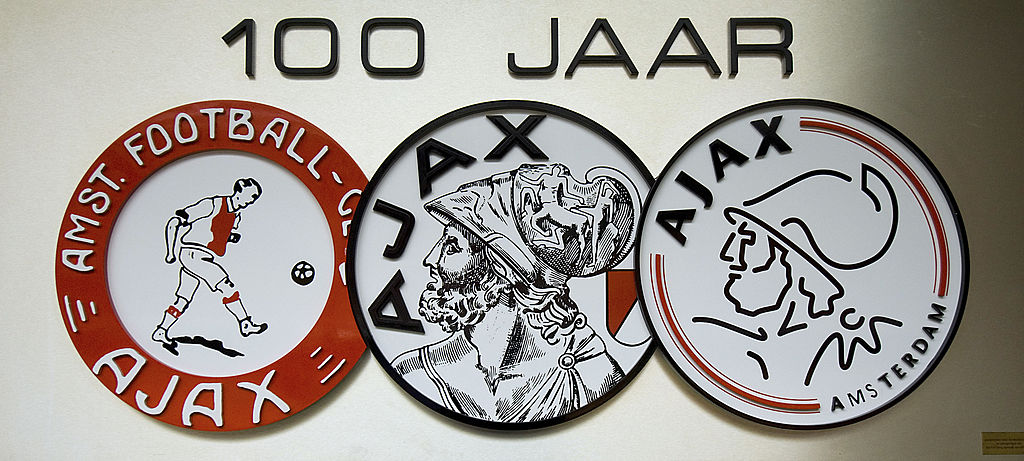Ajax reveal badge change - and it could spark a revolution among others
Ajax have reverted to their old-school iconic club logo for the 2025/26 season

Ajax will celebrate the club's 125th anniversary next year and the Dutch giants have already announced a key change to club identity as part of the plans.
From the 2025-26 season, they are bringing back the club emblem originally used between 1928 to 1990.
Back then it was given a more modern update to the badge most of us would recognise today. Yet judging by the fan reaction online, reverting back to the original has been hugely welcomed and could even start a wider trend amongst other clubs.
Why are Ajax changing their club badge?

Club CEO Menno Geelen has explained the logic behind the decision, stating that, "Ajax will celebrate its 125th anniversary on March 18. The celebrations will include the announcement of the return of the classic logo.
"We know that the majority of our fans have cherished this wish for years, and we felt that our 125th anniversary was the perfect moment to give back the classic logo to our fans and ourselves."

The original logo will first be seen during a sold-out friendly between Ajax and Real Madrid Legends at the Johan Cruyff Arena as part of the anniversary celebrations. This will start of a gradual process ahead of its full reintroduction at the start of next season.
The badge design features, fittingly, the head of the Greek hero Ajax, with the club name placed just above. When the switch was made in 1990, the club went for an abstract version of the original logo with far less detailing.
Get FourFourTwo Newsletter
The best features, fun and footballing quizzes, straight to your inbox every week.
The move could well spark a shift in football club badge design. For much of the last two decades clubs have tended to move towards more minimalist designs - Aston Villa's switch in the summer of 2024 a prime example.
Not all switches prove popular with supporters. We can all remember Leeds United's disastrous attempt to switch badges in 2018, when the new design received such a bad reception it was permanently shunned.
But Ajax have actively sought to appease their fans - the classic badge being a celebration of the club’s iconic heritage.
VIDEO The Brilliant Way Arne Slot Changed Liverpool Against Arsenal
A video accompanying the announcement was led with the tagline "without history, there is no future."
This could well start a trend of clubs instead reaching out to supporter groups and working out what should represent them - should others follow Ajax's example. For a long time the logo has been seen as little more than an opportunity for a re-brand.
Instead, the club badge should pay tribute to the team history and offer a genuine connection to the fans. Changing the club crest every ten years or so can devalue the entire concept.
Maybe Ajax have just started a trend amongst other big European clubs looking for a way to pay homage to their past.

Jack has worked as a sports reporter full-time since 2021. He previously worked as the Chief Women’s Football Writer at the Mirror, covering the England Women’s national team and the Women’s Super League. Jack has reported on a number of major sporting events in recent years including the 2023 FIFA Women’s World Cup on the ground in Australia. When not writing on football, he can often be spotted playing the game somewhere in west London.
